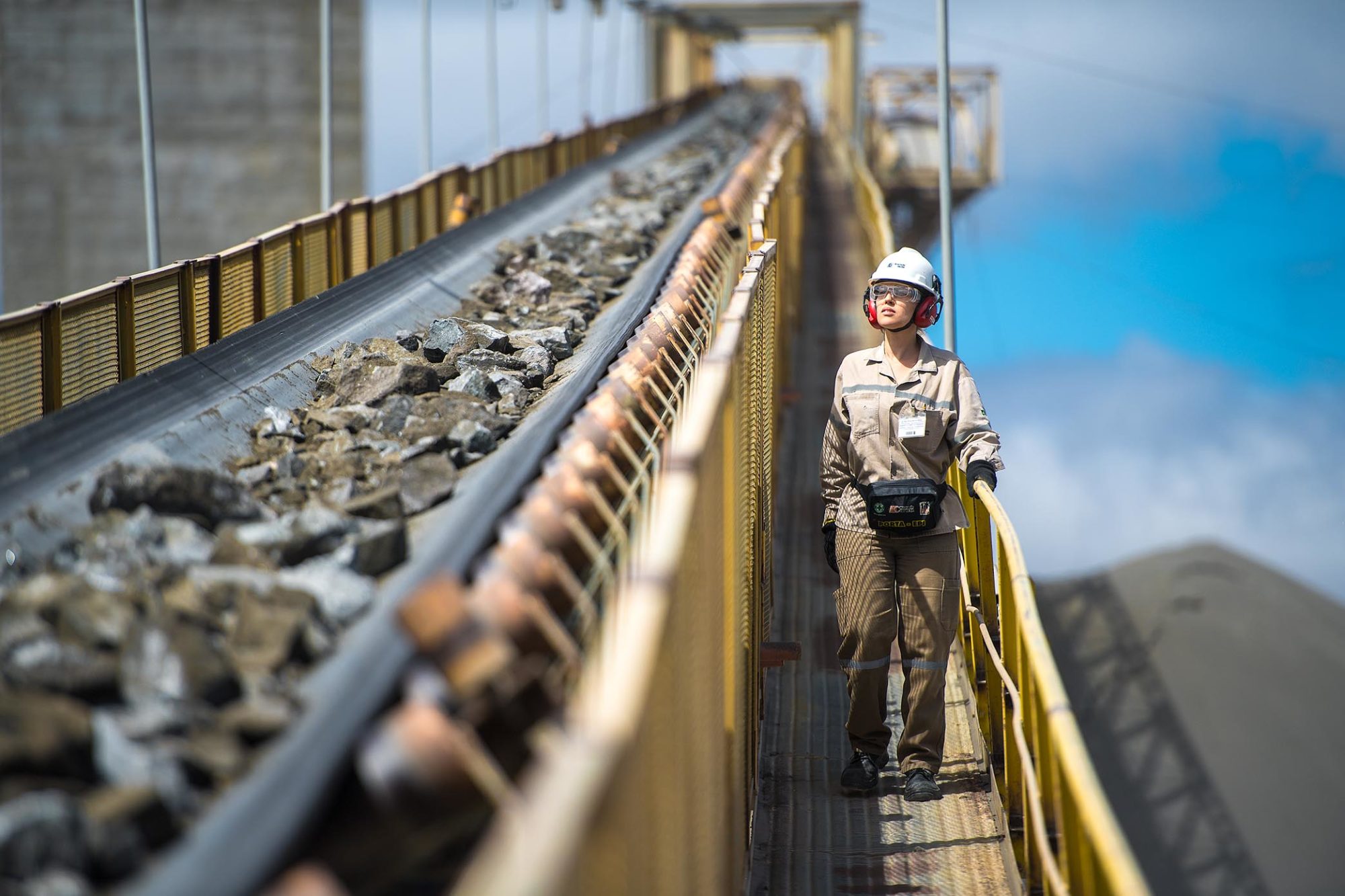Ero Copper Corp has announced the results from its comprehensive ore sorting trial campaign using a Rados XRF unit, which commenced in the first quarter of 2020 and tested approximately 29,000 t of material through early September. Material from eight sources within the Curaçá Valley were tested, representing a range of grade profiles. Confirmatory testing on additional deposits within the Vermelhos District remains ongoing in support of the company’s upcoming life-of-mine plan update, which remains on track for completion in the fourth quarter.
Up to 4.5x upgrade ratios were achieved across all grade profiles for samples tested within the Vermelhos Mine and for high-grade samples from the Pilar Mine at minimal copper loss after sorting, averaging only 9.8% for screened sorter feed samples. Upgrade ratios of approximately 1.4x to 2.0x were achieved for several open pit deposits throughout the Curaçá Valley with slightly higher copper losses, averaging 15.5% to 26.0%, for screened sorter feed samples tested at the Surubim and Suçuarana Mines, low-grade development material from within the Pilar Mine and material from a historic Angicos Mine stockpile.
Based on the success of the trial campaign and economic evaluations, ore sorting is expected to be integrated into the company’s upcoming life-of-mine plan update with a focus on implementing the technology within the Vermelhos District as a result of the excellent response to ore sorting and potential savings in transport costs.
Potential ancillary benefits of ore sorting implementation include reduced consumption of fresh-water, diesel and electricity and reduced flotation tailings generated per tonne of copper produced – substantially advancing towards achieving the company’s long-term environmental and sustainability commitments within the Curaçá Valley.
Commenting on the results of the campaign, David Strang, President & CEO, stated, “One of our objectives for this year was to fully evaluate ore sorting at commercial throughput rates. The comprehensive trial campaign conducted during the first part of the year has clearly demonstrated that deposits throughout the Curaçá Valley are amenable to upgrading. Given the combination of excellent upgrade ratios across grade-profiles, high waste rejection rates, minimal copper losses and the ability to meaningfully save on transportation costs relative to other mining areas within the Curaçá Valley, we view integration of ore sorting technology in the Vermelhos District as having significant potential economic benefit and financial returns across our operations.”
He adds: “The ore sorting unit, currently installed at the Pilar Mine, is expected to remain in operation through the balance of 2020 to complete confirmatory test-work on additional sources of material prior to being moved to the Vermelhos District. While test-work and economic evaluations continue, we fully expect that ore sorting will become an integral component of our updated life-of-mine production plan and contribute to the profitability and sustainability of our Curaçá Valley operations moving forward.”
For each deposit tested, and for material from the Angicos Mine stockpile, material was crushed and screened to between 30 and 90 mm and fed into the XRF sorting unit at a rate of approximately 20 t per hour using a belt feeder to provide a consistent feed rate. Minus 30 mm material and fines generated during the crushing process were screened away from the ore sorting feed and sent directly to the mill. For each source tested, the trial campaign sought to model sorting performance at a variety of selectivity ranges (or ‘set points’) to determine the unique performance characteristics throughout the selectivity curve. Optimal mass yield, defined as the amount of material that is upgraded in the sort product, is based on maximising the upgrade ratio, defined as sort product copper grade divided by feed grade, while minimising copper loss of the sort product. Samples of both the sort product and sort reject were collected at routine intervals and assayed for total copper at the company’s on-site laboratory. Prior to changing selectivity set points and between each of the sources tested, the crushing and XRF sorting unit were cleaned to prevent contamination of results.
Ero Copper Corp, headquartered in Vancouver, BC, is focused on copper production growth from the Vale do Curaçá property, located in Bahia, Brazil. The company’s primary asset is a 99.6% interest in the Brazilian copper mining company, MCSA, 100% owner of the Vale do Curaçá Property with over 40 years of operating history in the region. The company currently mines copper ore from the Pilar and Vermelhos underground mines. In addition to the Vale do Curaçá Property, MCSA owns 100% of the Boa Esperanҫa development project, an IOCG-type copper project located in Pará, Brazil and owns 97.6% of the NX Gold Mine, an operating gold and silver mine located in Mato Grosso, Brazil.











